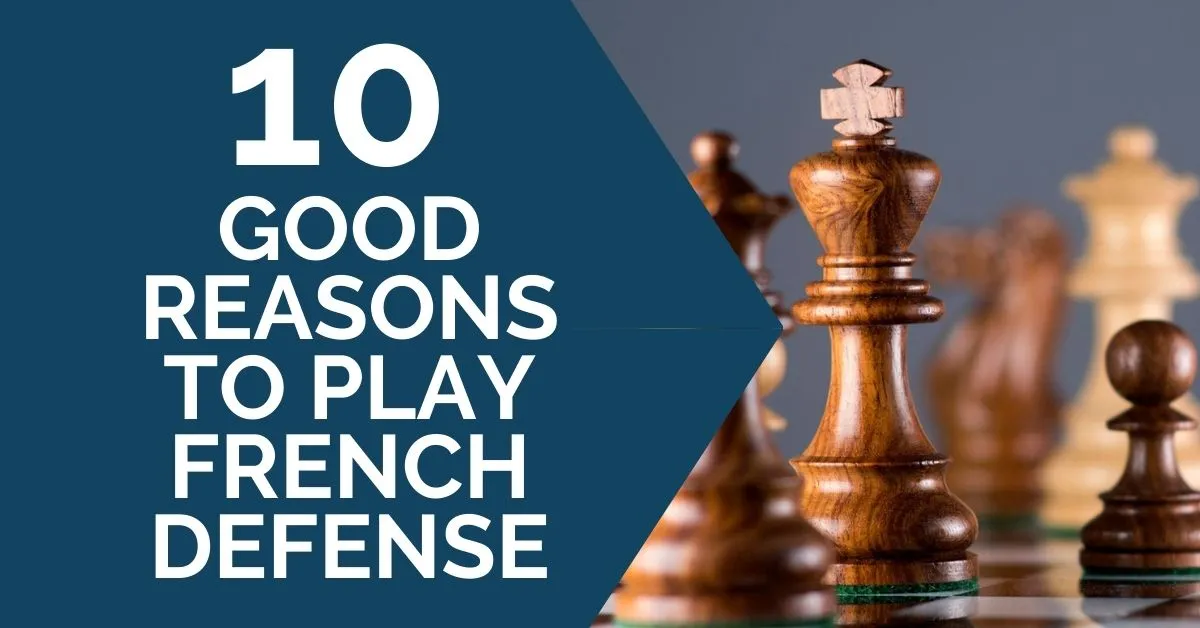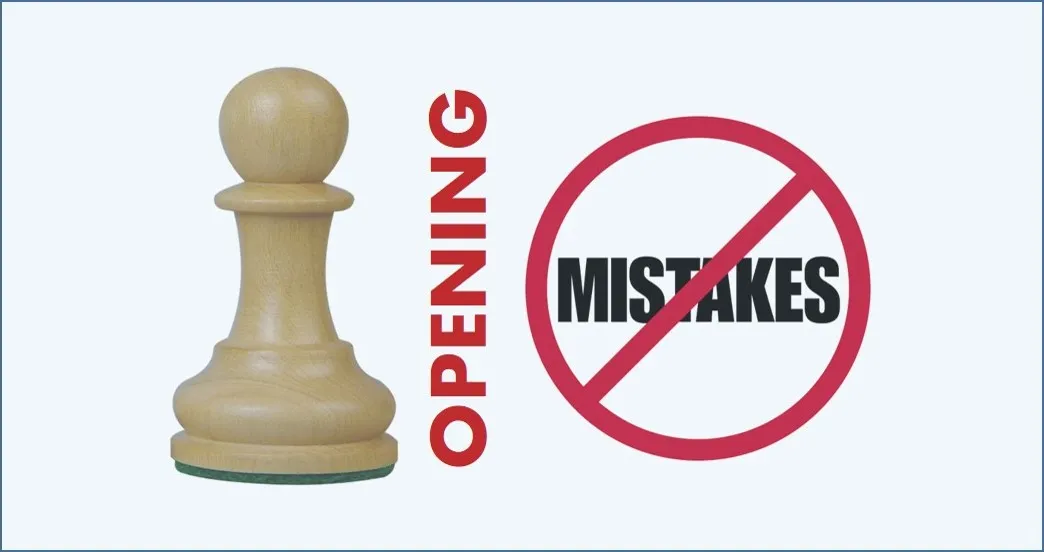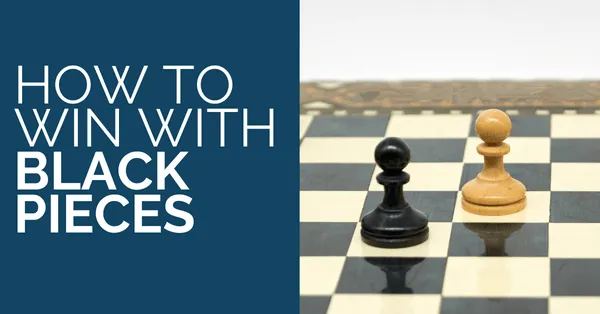French Defense: 10 Good Reasons to Play It

French Defense is not played because most GMs and super-GMs play 1…c5 and 1…e5 to 1.e4 instead of it. On being asked why it is so, Peter Svidler recently commented: “I think the answer is twofold. Firstly, both the Spanish and the Sicilian offer you a much broader scope to choose from. If you play 1…e5 you’re not …”
What did he really mean? Is the French Defense not good enough to play at the elite level?
He later explained that the French Defense is extremely sharp, hard to understand, and get comfortable in at the elite level unless you are prepared beforehand.
He added that if you do know how to play the French Defense, you would probably get more counterattacking chances than in the Spanish.
We, at TheChessWorld, believe that the French Defense is one of the most trusted openings at the top level and is definitely a must-have opening in any chess player’s repertoire.
It was played regularly by the likes of Korchnoi, Botvinnik, and Nimzowitsch. In recent times, Vitiugov, Liren, Morozevich and So have successfully tried the French Defense at the highest levels of chess.
We believe that you should definitely give it a try in a few games and see whether you like it or not. Need a reason? We have got ten for you.
1. One of the most successful openings for Black
According to recent stats, Black stands at a 60% probability of winning or drawing the game.
It is probably more drawish than the Sicilian Defense or the Caro-Kann Defense.
That goes to show that if you are playing against a stronger opponent, the French Defense might be a better choice than others.
2. French Defense: Just like the Spartan Phalanx
When some of the world’s best defensive players of all time like Korchnoi, Nimzowitsch, and Petrosian choose an opening for life, you should know that the opening is indeed solid and resilient without a doubt.
On top of that, most 1.e4 players are looking for open, tactical positions. When you play the French Defense, you most likely spill water on his plans.
3. Perfect for Positional Players
The French Defense often leads to closed positions where White gains space on the kingside while Black on the queenside.
White has a strong pawn chain running from c3 to e5. Black’s pawn chain runs from e6 to d5.
Black usually goes for a c5 or f6 break, but that usually can backfire unless the timing is right or the pieces are on their intended squares.
That means, as a French Defense player, you have to do a lot of piece maneuvering and strategic calculation to make it work.
4. French Defense: No spending hours studying it
Disagreeing with Svidler here, we believe that the French Defense, unlike the Sicilian or the King’s Indian, does not have that much theory to study.
You need to go through some of the most common setups, understand the elemental ideas, and be ready for a slow and “quiet” game most of the time.
It must be noted though that it is not boring at all. Especially in variations like the Winawer. Sparks will fly now and then. Every move runs the risk of being a blunder. Even a simple pawn push can lose you the game. Just so you know…
5. Pawn structure in focus from the start
This opening often locks the center with pawns and attacks take place on the flanks. Breaks might occur at the base of the pawn chain. Even sacrifices might happen like the Greek Gift Sacrifice.
What’s notable about this opening is the importance of the pawn structure and how to coordinate your pieces along with your pawn positions. Should you open… or not?
Should you push that pawn… or not? All these little questions matter for reaching an endgame where you end up with an advantage.
6. French Defense: Highly tactical middlegames are a norm
This might sound like it goes against one of the points above but it does not. The French Defense is usually a defense-oriented opening and can lead to strategic, positional games.
However, the imbalances created by the pawn formation can often lead to highly tactical middlegames. Like in the Winawer variation when the White queen grabs the g2-pawn.
Once you do enter a sharp, dynamic position like this, you better be ready. As Svidler said, if White wants a comfortable game, he is more likely to get it in the Spanish than in the French.
7. Fight, fight, fight!
If I want to fight as Black, the French Defense would probably rank on par with the Accelerated Dragon, the Bogo Indian, and the plain, old 1…e5.
This is a direct opening where Black matches White’s responses (3.e5, 3.Nc3, 3.Ne2) and goes for the setups that it intends for.
To add to it, the French Defense is theoretically a very strong defense—that means, it is not technically weaker than White’s 1.e4 opening. It might be complicated but definitely capable of fighting and winning the game.
8. French Defense: Control of the light square complex
If you look at the squares the pawns usually sit over the board, you can see that they control the light squares, unlike the White pawn chain that controls the dark squares. This usually dictates the whole nature of the game.
It does restrict the Black’s light-squared bishop from developing to an active square. In contrast, White’s light-squared bishop is not that good either. That is why the bishop often goes to d3 to be sacrificed sometime later.
9. Easily playable up to an advanced level
We can’t be sure of the Super-GM level but the French Defense is definitely playable up to the GM level.
For example, Akobian, last rated at 2614, heavily played the opening as Black.
Even the famous Simon Williams aka Ginger GM, who is not really a passive kind of player, prefers two defenses for Black… the French, and the Dutch.
Also, IM Anna Rudolf aka Miss Strategy is a regular player of the French Defense.
In our opinion, if you are serious about your chess career, it would be best to focus on learning this opening. It will serve you well for a long, long time.
10. Helps you learn chess as a beginner
This is one of the few openings that not only win you games as Black but also help you learn chess as a beginner.
Whether it is how to coordinate your pieces in cramped positions and provoke weaknesses and exploit them in your opponent’s position…
Or, it is breaking the rules, defer castling, and instead of going for an aggressive kingside attack…
Whether it is exchanging your bishop for a knight…
Or, it is entering the pawn endgame as Black…
This opening is probably the best to study if you are a chess beginner. Giri says that this is his “childhood” opening. But we believe, child or not, anyone who wants to master chess should learn the French Defense.
Want to Play the French Defense like a Champ?
IM Marcin Sieciechowicz has put together a massive 10+ hour video training on some of the most common variations in the French Defense, with real grandmaster-level games decoded move by move, and every fundamental idea explained in detail.
The good news, you will also receive 100% free supplementary PGN files and an additional practicum for life.










Comments: